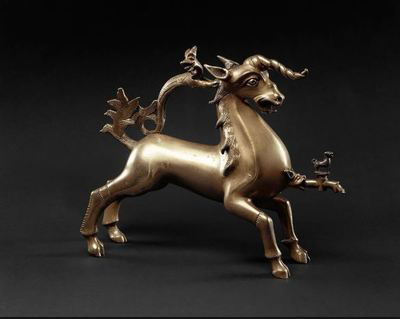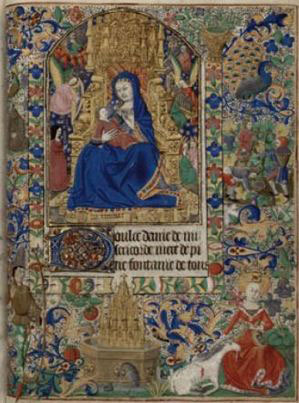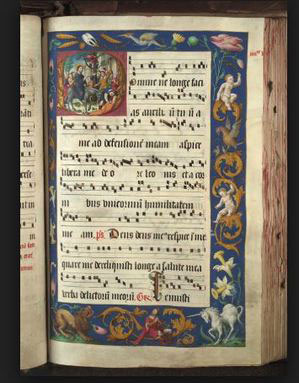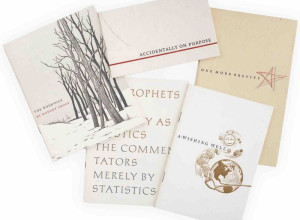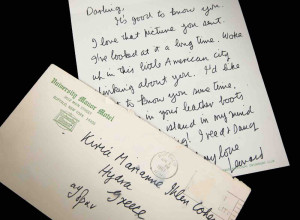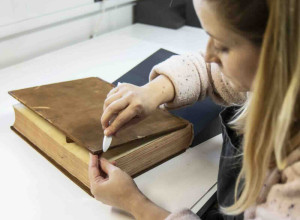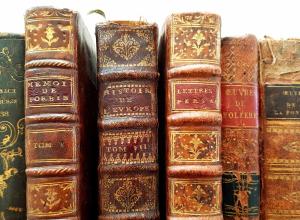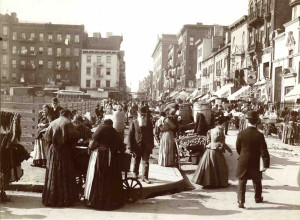Magical Unicorns at Musée Cluny: Centuries of Fascination
Everywhere you look there seems to be some product inspired by a unicorn: purple frappuccinos, table lamps, there's even a shop (in Brooklyn, naturally,) that specializes in unicorn horns proudly crafted in the USA. Privately held companies valued at over a billion dollars are known as "unicorns" to represent the statistical rarity of such entities. (Airbnb and SpaceX are two examples.) Yet, despite what seems to be rampant unicorn fever, it's nothing new; the ancient Indus carved unicorns onto seals, and the beasts appear in the Physiologus, an ancient Greek bestiary, which ascribes curative powers to unicorn horns. By the Middle Ages, unicorns came to symbolize the life and trials of Jesus Christ.
Far from the playful, purple-and-pink hued creature we often think of today, historical unicorns were squat, compact, notoriously ferocious creatures that could only be captured by virgins. Unicorn horns were believed to be powerful aphrodisiacs as well as effective teeth whiteners, leading to the robust sale of ground-up narwhal horns passed off as genuine unicorn. Wealthy families and merchants often commissioned unicorn images for their coats of arms and emblems to suggest magnificence and power.
Now, Magical Unicorns, the latest exhibition on view at the Musée Cluny in Paris offers a comprehensive look at how unicorns have been depicted over the past 500 years. Engravings, sculptures, illuminated manuscripts, and other items illustrate the allegorical significance of these mythical beasts and humankind's enduring fascination with them.
The highlight of the show is a set of six tapestries entitled The Lady and the Unicorn, part of the Cluny's permanent collection. Woven around 1500, the tapestries are believed to have been designed by Jean Bourdichon, offical court painter to four French Kings and the illuminator responsible for the sumptuous Book of Hours created for Queen Anne of Brittany. Showcased in a dimly-lit rotunda to preserve the fabrics, the scarlet 12-feet by 9-feet silk and wool tapestries are complex visual meditations on the meaning of life, filled with allegorical iconography.




